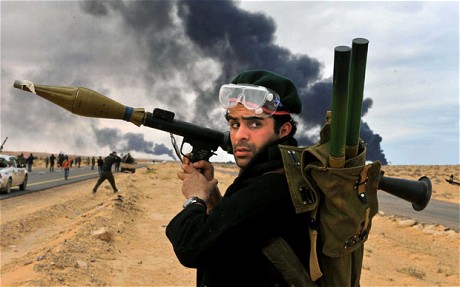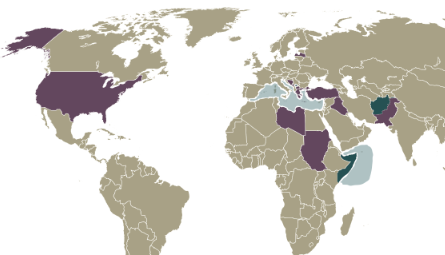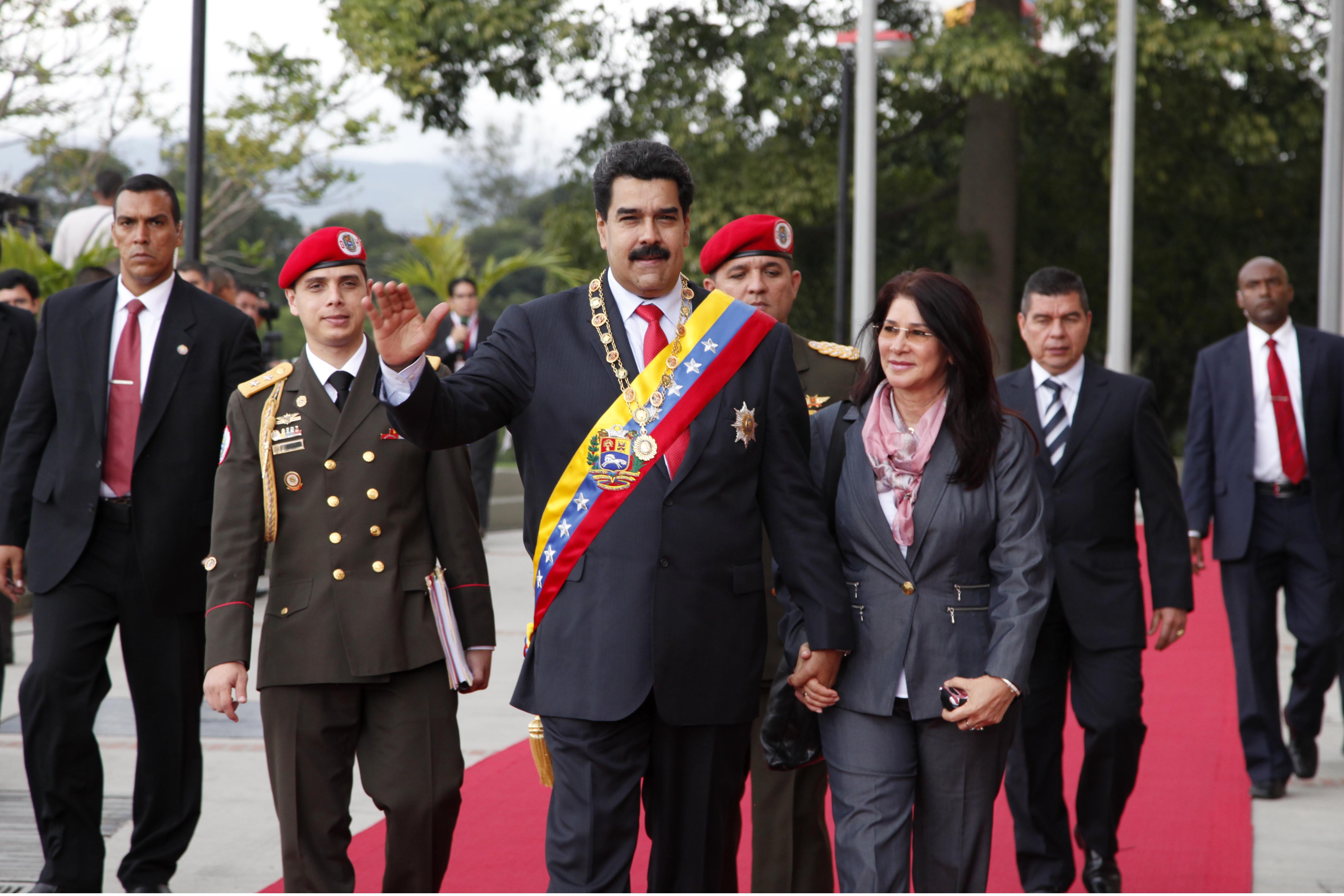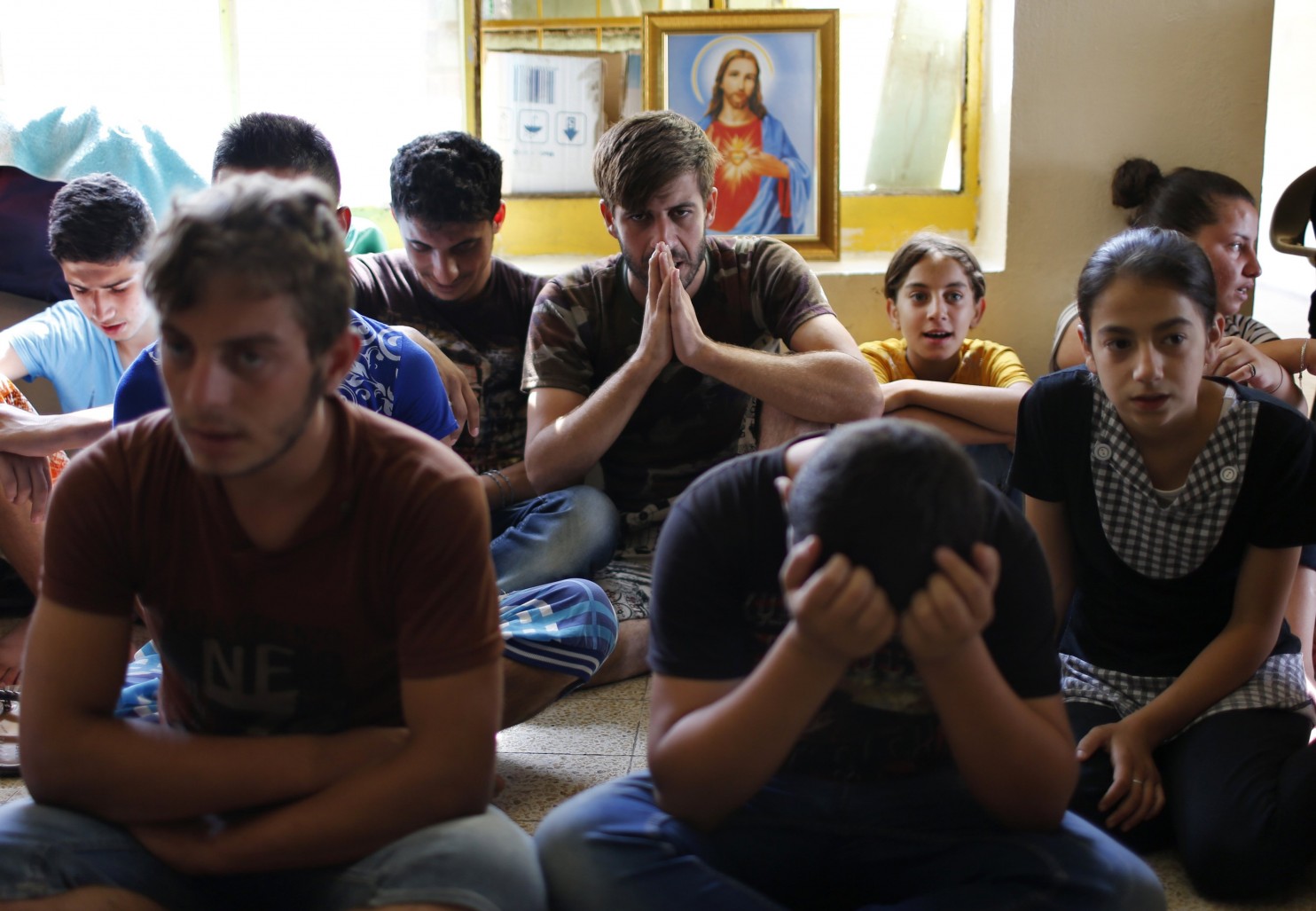The Libyan Civil War began with an aptly-named ‘Day of Rage’ on 17 February 2011. Protests took place in the cities of Benghazi, Ajdabiya, Derna, Zintan, and Bayda, with protesters torching government buildings after clashes with police, who fired on crowds with live ammunition. The next day, police and army units withdrew from Benghazi and Bayda, driven out by the violent demonstrations. These eastern cities, long a center of opposition to the Gadhafi regime, had been deprived of development and state funding for years, leaving them with crumbling infrastructure and high unemployment. Thus, the region was primed to act as a center of resistance to the government.

After the withdrawal of government troops from the cities, significant chunks of the military defected, with soldiers bringing their guns to the opposition. In Bayda, police and army units deserted en-masse. Inspired by the east, protests soon spread throughout Libya’s major cities, with the Tripolitanian cities of Misrata and Zawiya falling on 24 and 26 February respectively. On 27 February, a group of ex-regime officials, tribal leaders, businesspeople and exiled opposition figures calling themselves the National Transitional Council (NTC) formed in Benghazi. What had begun as a protest movement was now a revolution.
Gadhafi’s response was characteristic of his increasingly erratic rule. He made numerous claims about the opposition movement, claiming that they were al-Qaeda sympathizers, puppets of the UK and France out to get Libyan oil, and even that the young people in the streets were high on hallucinogenic drugs that al-Qaeda had snuck into the country’s drinks and food. He alternated between promising to grant amnesty to rebels who surrendered, and denouncing his opponents as “rats” and “cockroaches” who needed to be annihilated.
It was this type of rhetoric – along with the brutal repression of peaceful protests and a government offensive that reclaimed several rebel-held cities and edged towards the rebel ‘capital’ in Benghazi – that sparked serious international concern. Within a few days of the beginning of the revolt, British Prime Minister David Cameron urged the UN to enforce a ‘no-fly zone’ over Libya, meaning that the UN would ban planes from flying in Libyan airspace under threat of being shot down in order to prevent arms smuggling and Libyan airstrikes against civilians. Meanwhile the United States, followed by Canada, positioned naval ships off the Libyan coast.

By mid-March, France had recognized the NTC as the legitimate government of Libya, while both the NTC and nine Arab states had called for a no-fly zone to be created. Now with regional support, the UN Security Council passed UNSC Resolution 1973 on 17 March. Written by the UK, the resolution was ambitious, with potentially wide-reaching language. The Security Council imposed a no-fly zone and, importantly, empowered member states to use “all necessary means” to protect civilians. NATO, with the UK and France leading the charge, would enforce this no-fly zone. Critics of NATO decried the humanitarian intervention, which they claimed was a cover for regime change and the seizure of Libyan oil reserves. Still, NATO pushed forward, with airstrikes hitting Libyan air-defence systems and armoured units south of Benghazi. NATO took full control on 31 March, commanded by a Canadian, Lieutenant General Charles Bouchard.
With Western support, the NTC and allied forces began to steadily roll back the government’s remaining loyalists, making gains throughout the country. Most of the rebel army was not composed of professional fighters. Rather, with Libya awash in weapons from Gadhafi’s near-obsessive habit of stockpiling armaments, neighbourhood, tribal and other community groups commonly called the shabaab (meaning ‘lads’) armed themselves and joined the rebel forces as independent brigades. These volunteer units were largely inexperienced and poorly equipped. Instead, the most effective rebel units were drawn from former military forces or Islamist militants, some with links to al-Qaeda. While this worried some actors in the West, who saw them as a potential threat, NATO expanded support for the opposition and intensified their air campaign in May, using the “all necessary means” clause of their UN mandate to justify regime change.
NATO involvement continued to increase over the course of 2011 and rebel forces consolidated control over eastern and central Libya. While Zawiya fell to government forces in June, rebel fighters continued to push towards Tripoli. Throughout the war, Gadhafi relied on military units commanded by his family members and foreign mercenaries rather than the disintegrating national army. These forces committed mass atrocities against ‘traitors’, leading to reprisal killings by the rebels against suspected loyalists. On 20 August, with Tripoli surrounded, rebel forces mounted a two-day assault with extensive NATO air support and seized the city.
With the capital under rebel control, the war’s outcome appeared inevitable. Most of Gadhafi’s family members fled the country, although Gadhafi himself escaped to his hometown of Sirte, which was still under his control. The rebels spent several months mopping up the remnants of government forces, capturing Gadhafi himself on 20 October. While the NTC’s leadership wanted Gadhafi to be tried for crimes against humanity in a Libyan court, the soldiers who captured him instead summarily executed him after beatings and humiliation. With hindsight, this unilateral action by certain rebel units can be seen as a warning sign for the troubles that would follow the downfall of Gadhafi.




